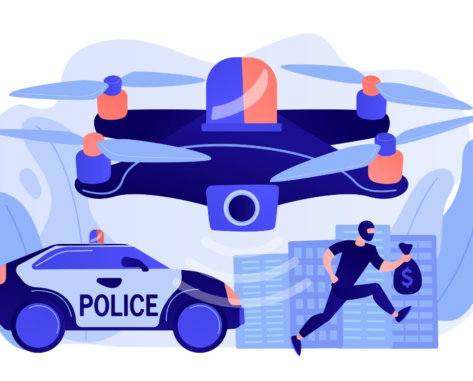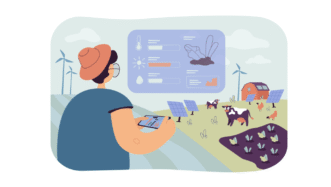LESSON OVERVIEW
The main objectives of this speaking lesson on crime-fighting tech are to:
- talk about technology for reducing crime;
- watch and discuss a video about a crime detection technology;
- discuss possible regulations, punishments and the future of technology associated with crime.
With this lesson, students talk about crime-fighting technologies from a critical perspective, brainstorm how crimes can be prevented or solved using technology and watch a video about a gunshot detection system. Students discuss the pros and cons of using technology for surveillance, talk about regulations and punishments for various unregulated activities. Theyalso read descriptions of films and discuss law enforcement in movies and real life.
C1 / Advanced45 min
60 minSpeaking ClassUnlimited Plan
This is a Speaking Class worksheet. It includes a variety of tasks that let your students practise their speaking skills. This lesson format does not focus on grammar or vocabulary. Learn more about it here.
WARM-UP AND VIDEO
This speaking lesson starts with a warm-up. Students look at technologies (DNA technology, fingerprinting and polygraph testing), say how they think they work and whether they are efficient in fighting crime. After that, students answer questions about which technologies (e.g. GPS tracking, AI, satellite images, etc.) could be applied in different crime-related situations. They also explain their choices. Then, students brainstorm how crimes (e.g. cyberstalking, pickpocketing, tax evasion, etc.) can be prevented or solved using the technology from the previous task. Next, they talk about technology for reducing crime and say how they think a gunshot detection system works. Following that, students watch a video about the topic and discuss questions about the effectiveness, reliability, and ethical concerns of gunshot detection systems.
DISCUSSION
In this part of the lesson, students continue to talk about technology for reducing crime. They read statements about the pros and cons of using advanced technology in law enforcement (e.g. Reducing prejudice among police officers is a better investment than high-tech tools.). They choose one that they strongly agree with, one that they partially agree with and one that they totally disagree with. After that, students look at different activities that lack regulation (e.g. remote work surveillance, cryptocurrency usage). They need to complete statements (e.g. The activity should be considered illegal if…) with their ideas. Afterwards, they read short descriptions of films and discuss questions about futuristic law enforcement technologies in films and real life.
Subscribe to unlock these and many other Standalone lesson lesson plans with the Unlimited planWORKSHEETS












Very interesting lesson. Thanks!
Thanks, I’m glad you enjoyed it 🙂